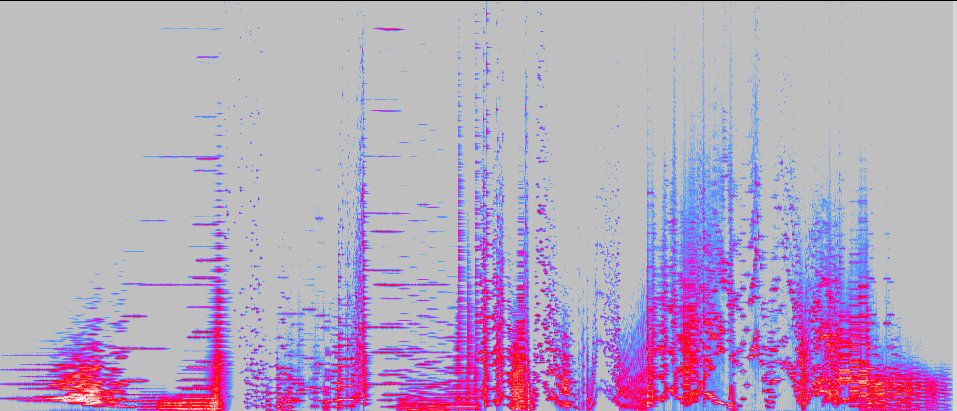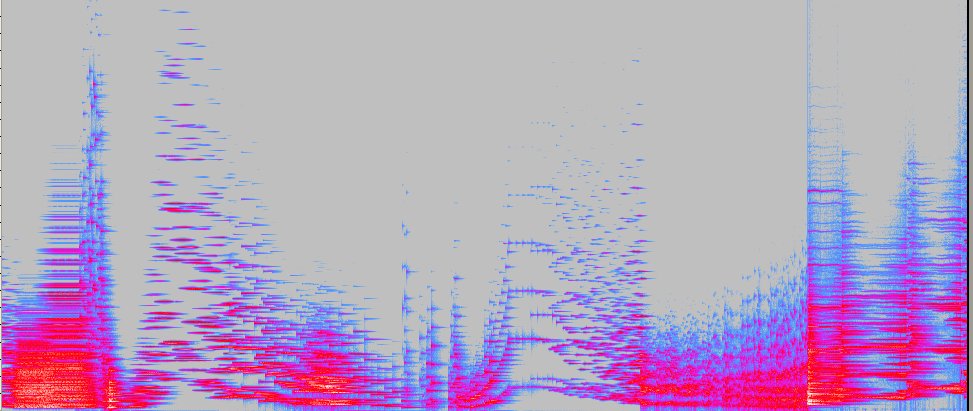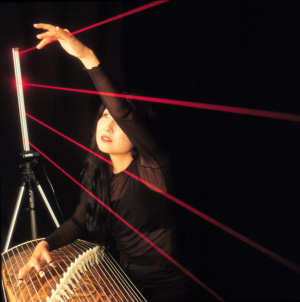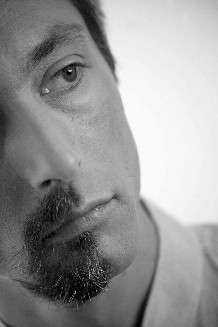
I composed Lo Spazio tra le Pietre (The Space between the Stones) for the “Music and Architecture” event, organized by the Bonporti Conservatory of Trento and Riva del Garda on 18/10/2008.
From my point of view, the relationships between music and architecture do not end with the important question of designing places for music, but have deeper aspects that certainly affect the composition and reach its fruition.
If, on the one hand, a building exists statically in space, it cannot be appreciated in its entirety without a time interval. Its global form is never evident in its entirety, not even from above. It is formed in the memory of those who approached it from many sides and saw its shape get lost, while the construction details and then the materials become gradually more evident. Similarly, a piece of music statically exists in some form of notation and unfolds over time. The temporal listening gradually highlights the internal structure, the constitutive elements and the details.
Thus, it is possible to think of a piece of music as a static object and a building as a dynamic structure. But it is from a compositional point of view that the analogies become closer.
When I work with fully synthetic sounds that don’t derive from any real sound, as in the case of this piece, I generally follow a top-down approach. At first I imagine a shape, often in spatial terms and then I build the materials and methods with which to make it.
Thus, as in architecture, for me composing a piece means building the basic materials starting from the minimum components and modulating the temporal and spatial void that separates them, trying to assemble them in a coherent environment.
The parameters I manipulate, as in instrumental music, are temporal and spatial, but, unlike instrumental music, they extend to the microscopic level. Thus, the manipulation of time does not stop at the lengths of the notes, but goes down to the attack and decay times of the individual components of each sound (the partial harmonics or inharmonics). Similarly, on a spatial level my intervention is not limited to the interval, which determines the character of the harmonic relations, but goes as far as the distance between the partials that form a single sound, determining, to a certain extent, its timbre.
The point, however, is that, in my work, methods are much more important than materials. Indeed, even the materials themselves, in the end, derive from the methods. My problem, in fact, is not writing a sequence of sounds and develop it, but to generate a surface, a “texture”, having a precise perceptive value.
In fact, this is texture music. Even when you think you are hearing a single sound, you actually hear at least 4/5 of them. And I’m not talking about partials, but about complex sounds, each of which has from a minimum of 4 partials, up to a maximum of about 30. For example, the initial G #, which comes from nothing and is then surrounded by other notes ( FA, Bb, FA #, A) is made up of 8 sounds with very little difference in pitch changing every 0.875 seconds. This creates the perception of a single sound, but with a certain type of internal movement.
Texture music, micro-polyphony that moves far below the threshold of base 12 temperament. In fact, here I work with an octave divided into 1000 equal parts and in certain points of the piece thousands of complex sounds coexist simultaneously to generate a single ” crash “.
It follows that it is not possible to write such a “score” by hand. I have personally designed and programmed a compositional software called AlGen (AlgorithmicGeneration) through which I drive the masses and the computer generates the detail (the single sounds).
AlGen already existed in 1984 and had been used to compose Wires, to which this piece owes a lot, but, while at that time it was just a routine block linked to the Music360 synthesis program by Barry Vercoe (the direct ancestor of today’s CSound), for this occasion it has been completely rewritten and is a software in its own right. In current version it incorporates various probabilistic distributions, serial methods, linear and non-linear algorithms to better control the generated surfaces and above all their evolution.
Nonetheless, AlGen does not incorporate any form of “intelligence”. It does not make decisions based on harmony, context, etc. It is a blind executor of orders. It generate values from a probabilistic set or computes functions and generates notes, but fortunately it does not think and decide. What it deals with are pure numbers and it doesn’t even know if it is calculating durations, densities or frequencies.
Lo Spazio tra le Pietre was composed in my studio in September – October 2008 and synthesized in 4 channels by CSound. Synthesis algorithm: simple FM.
CSound score generated by the AlGen assisted composition software written by the author.
The whole piece is thought of as a spatial structure. Its skyline is evident in the sonogram at the top of the page and its structure. as an alternation of shapes, full and empty, is clearly visible in the enlargement of a fragment of about 1 minute (below, as usual you can click on the images to enlarge them).
Mauro Graziani – Lo Spazio tra le Pietre (The Space between the Stones) (2008), stereo reduction from original quad





 No, non si tratta della sonata 29 op. 106 di Ludwig Van, ma di un recente lavoro elettroacustico di
No, non si tratta della sonata 29 op. 106 di Ludwig Van, ma di un recente lavoro elettroacustico di